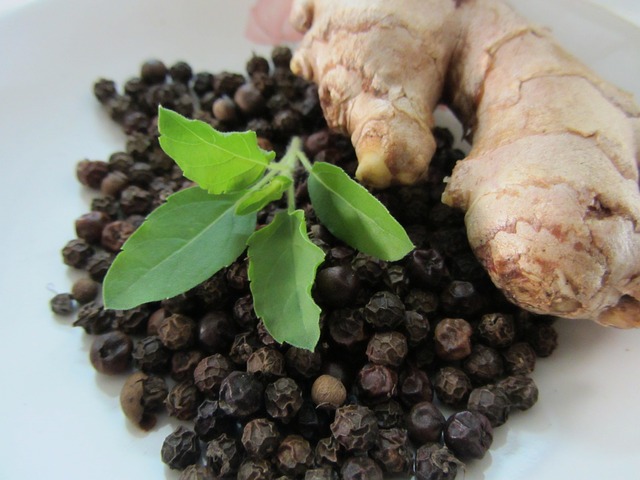
Navigating a healthy lifestyle can be difficult, especially when it comes to eating well. The ancient tradition of Ayurvedic practices and cooking is a great way to nourish your body in all the ways it needs most! Following Ayurvedic recipes however, can be a little tricky, particularly if you are new to the game. The quality of the ingredients you use is very important and often recipes can look a little vague, with little explanation of what they mean by “milk” or “sweetener”. That’s why we’ve compiled 5 Ayurvedic Cooking Tips for making your cooking adventures a little easier!
Fats And Oils That Are Your Friend
When it comes to frying anything in Ayurvedic cooking, ghee is the best option possible since its excellent at releasing the aroma from spices. A good rule of thumb to follow: if an oil is liquid at room temperature, it should not be heated. This is because oils and fats that don’t need to be melted down tend to become unstable when they are put on heat and as a result they produce free radicals. If you can’t get your hands on ghee, animal fats and coconut oil are also good substitutes!
What Does It Mean By “Milk”?
Throughout Ayurvedic recipes these “milk” is referred to, which begs the question “which kind of milk?” The answer actually has to do with your preference, as it can be interpretted as cow or goat’s milk, almond milk, rice milk or any other milk substitute. Stay away from using soy milk however, unless it is really high quality because it tends to make things chalky and more difficult for the body to digest.
What’s Asafoetida Or Hing?
This is a little known plant gum resin (which goes by both names) that pops up in all kinds of Ayurvedic dishes. It is primarily used to aid in digestion, ease stomach cramps, and ward off a gassy stomach. This is why a pinch is often added to cabbage, bean, and lentil dishes during preparation. Be sure not to use any more than a pinch though, as it has a very intense and sharp flavor if over used. Using Hing or Asafoetida also has the ability to make your large intestine a less favorable environment for parasites to try and linger!
Pass The Salt!
Whenever an Ayurvedic recipe calls for salt, they don’t mean iodized, table salt. Instead use Himalayan Rock Salt because it’s more easily absorbed by the body and boasts some huge health benefits! It’s full of essential minerals that the body needs to function, plus it assists in balancing the body’s pH balance, while aiding in digestion. It’s important to note that despite popular belief, it will not increase blood pressure risks either. Himalayan Rock Salt is even a favorite among many Yogis since it is known for calming the nervous system.
How Do I Make It Sweet?
Ideally, when following an Ayurvedic lifestyle, you should aim to reduce the amount of sugar you are taking in overall. Although, sometimes we have a bit of sweet tooth and can’t resist eating something luscious! Keep in mind however that what you choose to sweeten with is very important. Using refined white or brown sugar isn’t a good idea because the refining process strips the sugar of vitamins and minerals necessary for digesting the sweet stuff. Instead, try adding raw palm sugar, maple syrup, agave, brown rice syrup, or date syrup. You might be asking “what about honey?” According to Ayurveda, honey should only be used in recipes that do not require heating. When added to hot drinks, baked or cooked, honey ferments in a way that isn’t good for the body’s channels. If your drink is warm, rather than piping hot, adding honey is okay.







